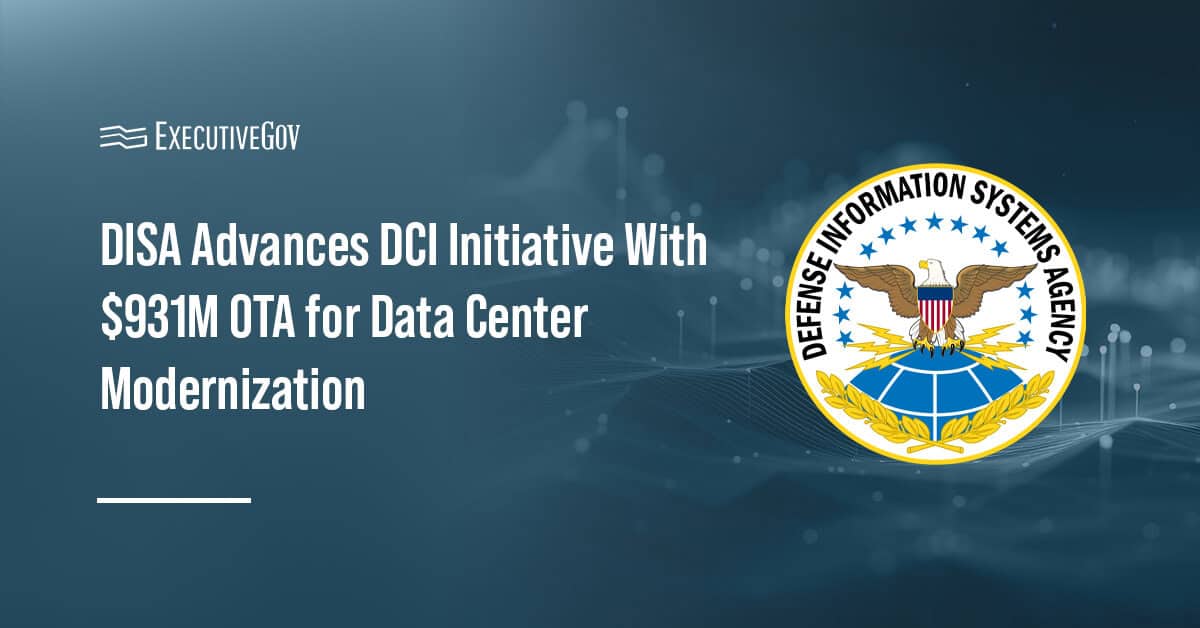The U.S. Navy conducted an initial live fire test for a missile launching platform aboard the USS Zumwalt (DDG 1000) destroyer. The demonstration sought to test the vessel's capacity to detect, track and repel anti-ship cruise missiles via the use of the Mk 57 Vertical Launching System, the Navy said Monday.
The service branch also evaluated potential degradations or hazards from live ordnance fire and determined if USS Zumwalt can withstand shock and vibration from weapon firing activities.
USS Zumwalt measures 610 feet long and is built to perform a range of surface, undersea, and aviation operations. The destroyer is slated to transition to the next stage of developmental and integrated at-sea trials following the completion of combat system installation and activation phase.
The Navy expects USS Zumwalt to reach initial operational capability by 2021.





